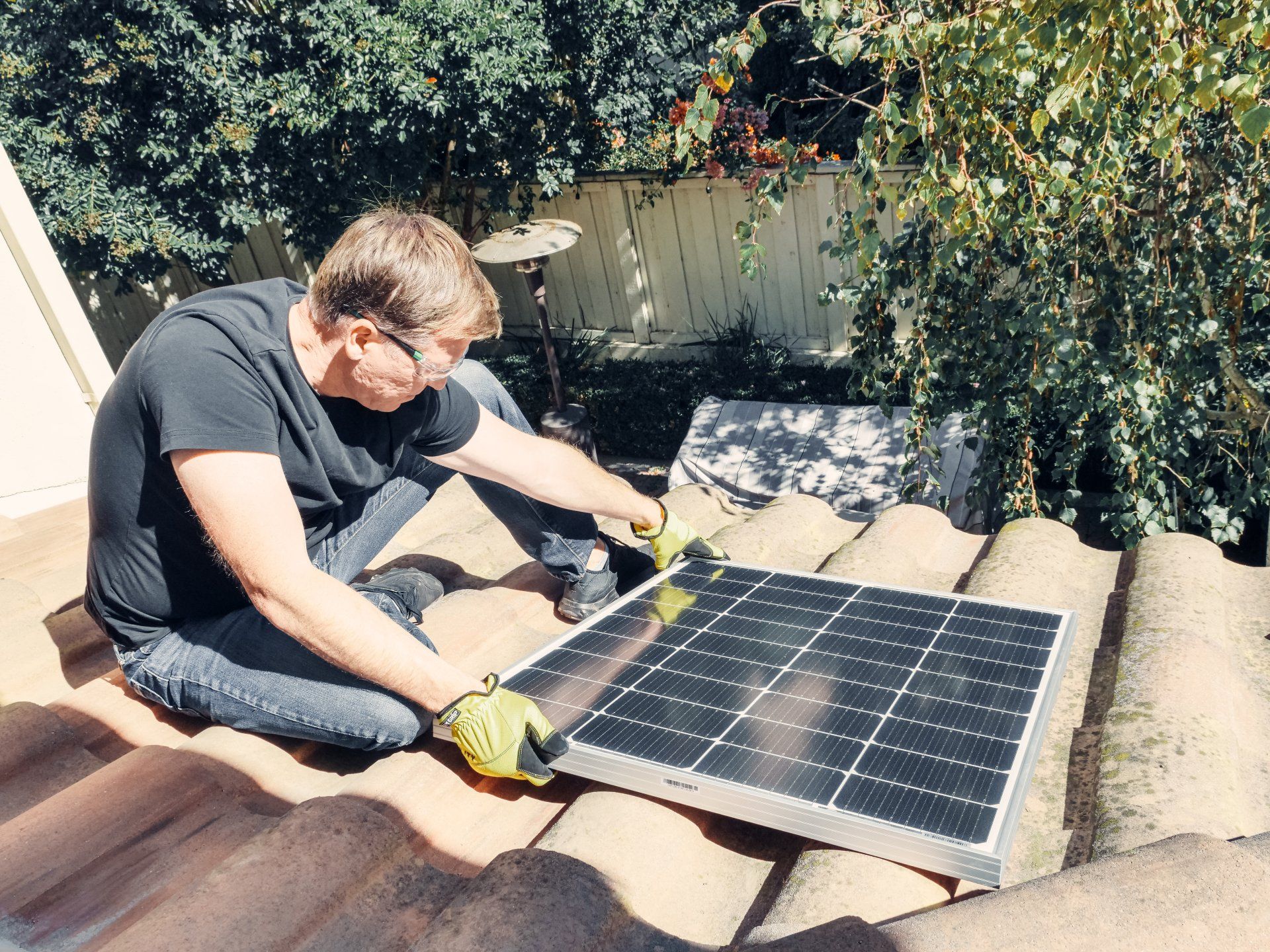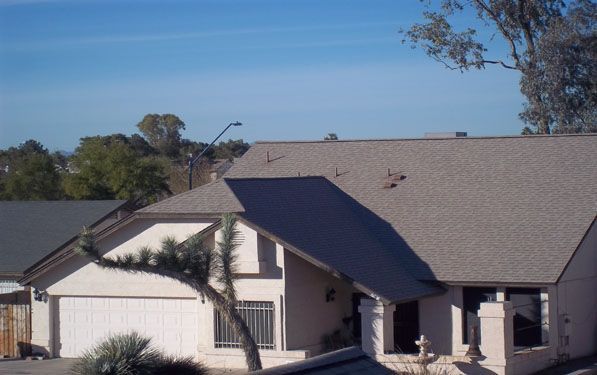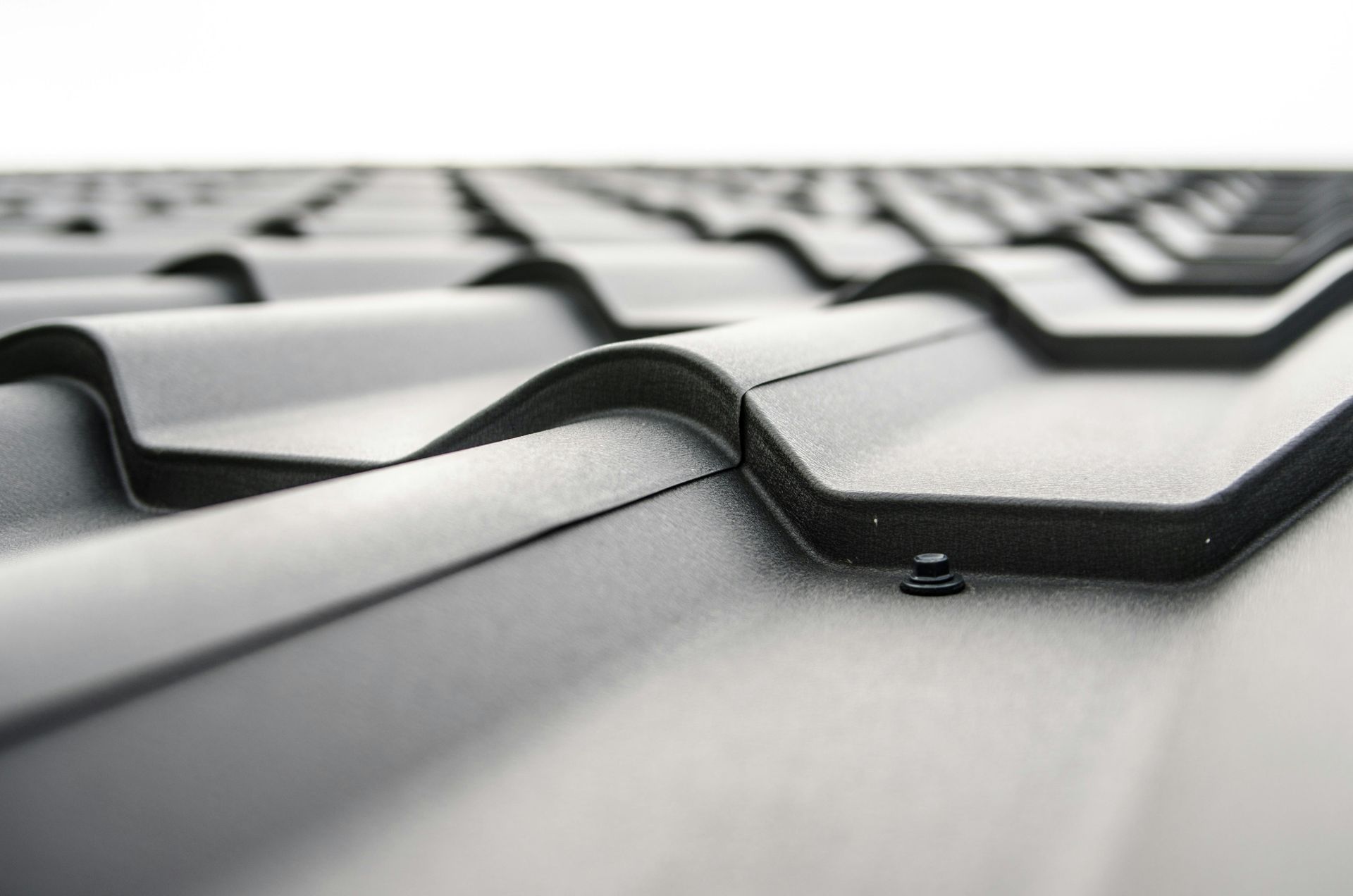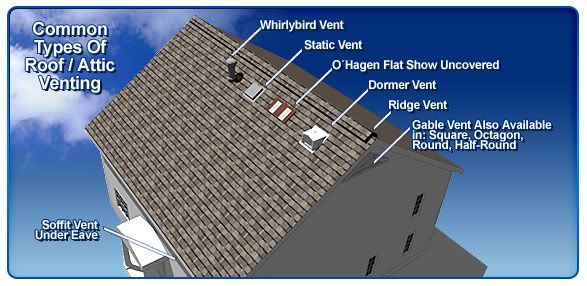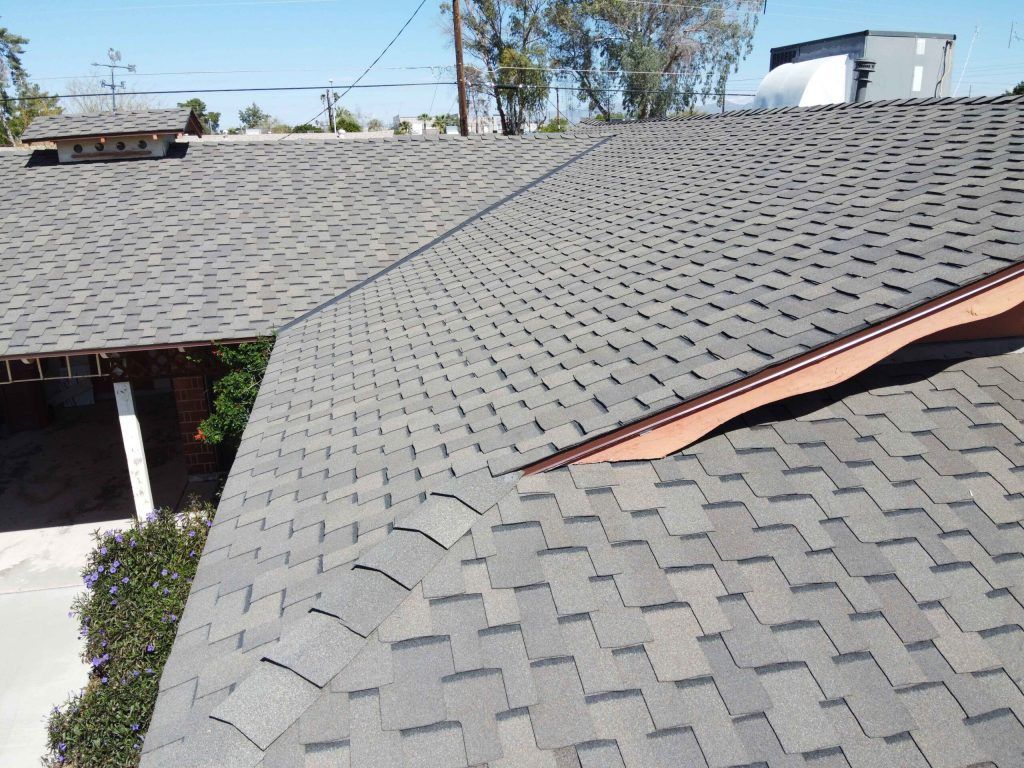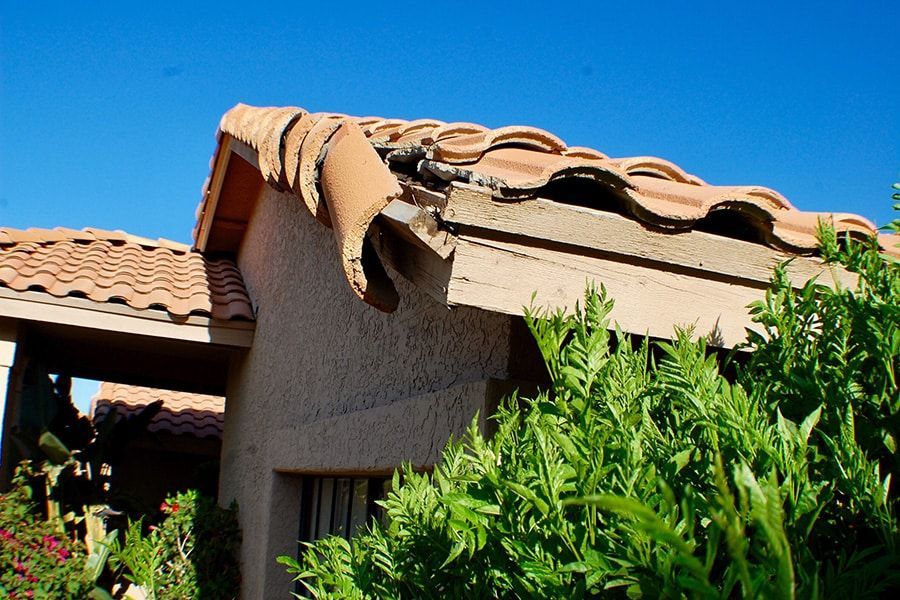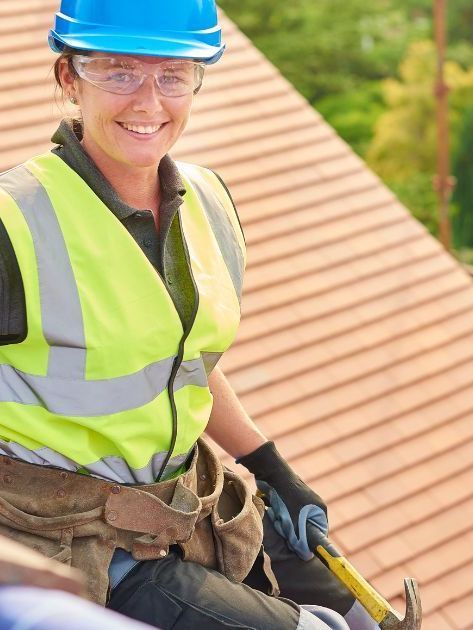What Is The Roofing Industry in Phoenix, Arizona
What is the Roofing Industry?
The roofing industry refers to the sector that specializes in the construction, maintenance, repair, and replacement of roofs. In Phoenix, Arizona, the roofing industry plays a vital role in ensuring that homes and businesses are well-protected from the region’s intense heat, monsoon rains, and dust storms. Phoenix’s unique climate conditions, including extreme summer temperatures and occasional heavy downpours, demand roofing materials and techniques that can withstand these elements.
Arizona Roofing Climate Considerations
The desert climate in Phoenix presents unique challenges for roofs. With an average of 300 days of sunshine annually, temperatures regularly exceed 100°F in the summer, sometimes reaching 115°F or higher.
- Heat Resistance: Given the extreme heat, roofing materials need to be heat-resistant to prevent warping, cracking, and other damage caused by long-term exposure to high temperatures. Materials like clay tiles, concrete tiles, and metal are popular due to their ability to handle the heat and stay structurally sound. These materials also have the advantage of longevity, often lasting decades under the right conditions.
- UV Protection: The sun's ultraviolet (UV) rays are particularly strong in Phoenix, accelerating the aging process of many roofing materials. Roof coatings that protect against UV damage are critical. These coatings can extend the life of the roof by reflecting UV rays and preventing degradation of materials like asphalt shingles, which are vulnerable to the sun’s harsh effects.

Arizona Roofing Materials
In Phoenix, the choice of roofing material is not just about aesthetics but also functionality in the face of extreme weather conditions.
- Tile Roofing: Clay and concrete tiles are extremely popular in the Phoenix area. They are highly durable and can last up to 50 years or more. These tiles reflect sunlight, which helps keep homes cooler. Additionally, they are resistant to fire, which is an added benefit in a region prone to wildfires. The aesthetic appeal of tile roofing also fits well with the Southwestern architecture often found in Phoenix neighborhoods.
- Foam Roofing: Spray polyurethane foam (SPF) roofing is often used on flat roofs, which are common in commercial and some residential buildings. Foam roofing creates a seamless, insulated barrier that helps regulate indoor temperatures by reflecting heat and minimizing heat transfer. This roofing type is also resistant to water, making it ideal for Phoenix’s sporadic but intense rainstorms.
- Shingle Roofing: Asphalt shingles remain one of the most common and cost-effective roofing options in Phoenix. However, special attention is given to the selection of high-quality, heat-reflective shingles to mitigate heat absorption. Modern asphalt shingles can be treated to increase their resistance to heat and UV rays, helping to preserve their integrity and reduce the need for frequent repairs or replacement.
Arizona Roofing Storm Preparedness
Although Phoenix is known for its hot and dry climate, the summer monsoon season brings intense weather, including high winds, heavy rain, and occasional hailstorms. This seasonal variability can take a toll on roofs.
- Monsoon Season: From June to September, Phoenix experiences monsoon storms that bring strong winds, flash floods, and lightning. Roofs need to be secured to withstand these conditions. Proper installation with high-quality materials is crucial, as poorly installed roofs are more likely to suffer damage from wind uplift and water infiltration. Roofs with a slight pitch, common in Phoenix, need proper drainage systems to handle the sudden influx of rain to prevent pooling and leaks.
- Hail and Wind Resistance:
Hailstorms, while infrequent, can occur during the monsoon season and cause significant damage. Phoenix roofing companies often recommend impact-resistant materials, especially for homes located in areas more prone to hail. Roof inspections before and after monsoon season are important for maintaining the roof’s integrity and ensuring any damage is addressed promptly.
Increasing Energy Efficiency in Arizona With A New Roof
Energy efficiency is a significant concern for Phoenix residents, where cooling costs can skyrocket during the summer months. The roofing industry in Phoenix is heavily focused on providing energy-efficient solutions to help reduce electricity consumption and lower utility bills.
- Cool Roofing Materials: Cool roofs, which are designed to reflect more sunlight and absorb less heat, are becoming increasingly popular in Phoenix. Materials such as reflective metal roofing, white or light-colored tiles, and specially designed asphalt shingles are used to enhance energy efficiency. Cool roofs can lower roof temperatures by as much as 50°F, reducing the need for air conditioning and easing the strain on HVAC systems.
- Insulation and Ventilation: Proper roof insulation is crucial in Phoenix, where temperatures can vary dramatically between day and night. Good insulation helps keep the heat out during the day and prevents heat loss during cooler nights. Additionally, adequate roof ventilation helps maintain a consistent temperature inside the home, preventing heat buildup in the attic, which can make air conditioning systems work harder.
Arizona Roofing Local Regulations
The roofing industry in Phoenix is governed by state and local building codes, which ensure that roofing projects meet safety and performance standards. Phoenix's regulations are tailored to address the city's specific climate challenges.
- Building Codes: Arizona has specific codes for roofing installation, including guidelines on materials, installation practices, and insulation requirements. For example, roofs must be able to withstand high winds and meet minimum standards for energy efficiency. The state’s energy codes also encourage the use of materials that reduce the overall heat island effect in urban areas.
- Permits and Inspections: Roof replacements and major repairs generally require permits from the city of Phoenix. Additionally, inspections are required at different stages of the roofing project to ensure compliance with local building codes. Roofing contractors must be licensed and bonded in Arizona, ensuring they are qualified to handle roofing projects in the challenging desert climate.
Arizona's Best Roofing Contractors
Roofing contractors play a vital role in the roofing industry. They are tasked with the installation, repair, and maintenance of roofs for both homes and buildings. Phoenix is home to numerous roofing contractors who specialize in both residential and commercial roofing projects. These professionals have extensive experience in handling the unique challenges of the region.
- Residential Roofing Contractors: Phoenix roofing contractors provide services ranging from new roof installations to regular maintenance and repairs. They offer various materials suited to the local climate, such as tile, asphalt shingles, and foam. Homeowners often work with local contractors to ensure their roofs are not only functional but also aesthetically aligned with the architecture of their homes.
- Commercial Roofing Contractors: Commercial roofing companies in Phoenix focus on flat and low-slope roofing systems, which are common in commercial buildings. These contractors often deal with materials like foam, TPO (thermoplastic polyolefin), and metal roofing systems that offer durability, energy efficiency, and weather resistance. They also specialize in large-scale projects and ongoing maintenance contracts to keep commercial properties in top condition year-round.
The roofing industry in Phoenix, Arizona, is a dynamic sector that adapts to the region's extreme weather conditions and diverse architectural styles. From residential homes to commercial buildings, the focus on heat resistance, storm preparedness, energy efficiency, and compliance with local regulations shapes the industry’s offerings. As Phoenix continues to grow, the roofing industry will remain essential in protecting properties and contributing to energy efficiency in one of the nation’s hottest climates.



